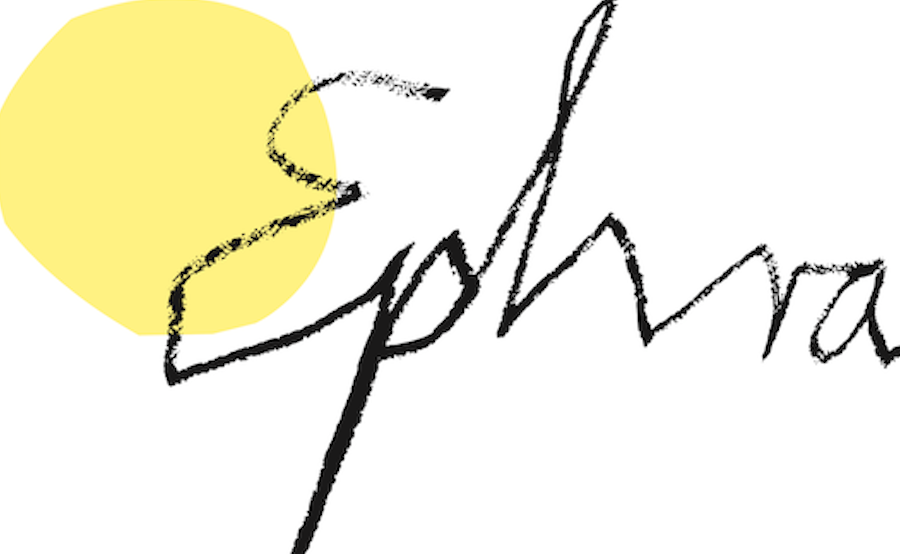Thoughts Play Hide and Seek
Workshop and education programme
The exhibition Thoughts Play Hide and Seek (“Gedanken spielen Verstecken”) was accompanied by a comprehensive workshop and educational programme. This included tools that were permanently available to visitors, a high level of support within the premises, regular events with special programme items and a wide range of bookable workshops.
School workshops
A workshop programme was developed for the Gedanken spielen Verstecken exhibition that could be booked and used by many schools with different backgrounds and focuses. The workshops were designed to be age-appropriate in order to cater to the individual needs of each group. The aim of the workshops was to experience the exhibition "Thoughts play hide and seek" with all senses and to give the workshop participants the opportunity to have an empowering experience with and through art. To this end, either a dialogue-based tour with individual in-depth explorations of the exhibition spaces was designed or there were station works with rotations to various works of art. In addition, all workshops included introductory rounds and various content-related, playful, sensory, dialogue-based and creative methods. A total of 987 children, young people and adults visited the exhibition Gedanken spielen Verstecken by taking part in a workshop.
Tools
The map of well-being was waiting for visitors at the entrance to the exhibition. Before and after visiting the exhibition, they could use a sticky dot to locate themselves and note their feelings on the map. In collaboration with graphic artist Marie Parakenings, a printed version of the body map was also created during the exhibition, which had already been used many times before in the Ephra unterwegs project. The body map offers the opportunity to artistically reflect on strengths, dreams and wishes. The body maps could be filled out by visitors in the Ephra Studio at the entrance to the exhibition and in the artist Olafur Eliasson’s room. The body map and map of well-being were also used in the workshops during the exhibition. In addition, different coloured mediation cards were available in each exhibition room. Visitors were able to use these to gain independent access to the content of the exhibition. In addition to a portrait and a short text about the visit to the artist’s studio, which also addresses the artistic practice, there were also activation cards entitled “And now you!”, which provided lively access to the exhibited artworks and invited participation.
Reisebegleiter*innen
The Reisebegleiter*innen (Travel guides) are trained guides who were constantly present in the exhibition spaces and offered children, young people and adults the opportunity to form their own questions and engage in a fruitful dialogue about art. The Reisebegleiter*innen welcomed all visitors to the exhibition and encouraged them to share their thoughts and ideas about the art on display. They also gave short introductions to the exhibited artworks and led playful activities specially tailored to the rooms.
Volkswagen Group Art4All Sundays
Thanks to Volkswagen Group Art4All, admission to the exhibition was free for all visitors on four Sundays. In addition to free admission, the Volkswagen Group offered a varied educational programme consisting of workshops, performances and talks in the exhibition rooms on these days. The programme was varied and adapted to different age and target groups. Ephra invited various experts and practitioners to the Art4All Sundays.
The guests included: Özcan Ertek, Gaelle Georges, Mohammed Kello, Rian Meyer, Julia Rosenbaum, Deniz Tahberer









